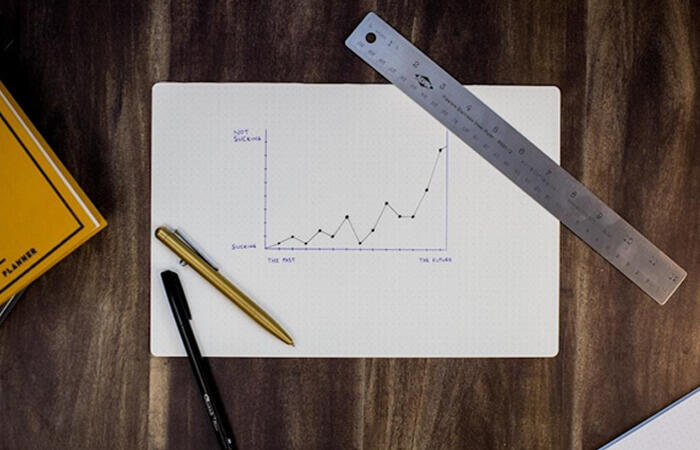Benefits Of External Flash

Recently bought a new DSLR camera and wondering if you should buy an external flash or not, as you already have a built-in flash with the camera.
Built-in flash (Pop-up flash) is a convenient, lightweight, automatic flash that is built-in with the camera. But have you ever noticed what the built-in flashes do to your photo, they add sharp shadows and flatten the subject in an unattractive way?
Also sometimes the subject might move to cause ghost-like images instead. There is where external flash plays its part. An external flash will properly illuminate your subject you can also soften your light with many angles without flattening your subject.
Using flash indoors is normal but you need flash outdoor too as the sun is providing huge light but it shines only in one direction, and if you are taking a photo in shadow areas or when the subject face is away from the sun direction then you need a fill flash just to add an extra burst of light.
Some Benefits of External flash over built-in flash are.
1. Its direction can be changed.
The built-in flash can only illuminate the subject from one side – the front direction, but the external flash will give you a lot of flexibility, it can be used at any angle.
You can bounce a flashlight to get a soft light that falls on the subject, especially in portrait photography light from the front will make your subject appear flat. So photographers use an external flash and also bounce the flashlight to create soft and dense light.
2. The light source is bigger.
The built-in flash has a tiny source of light whereas external flash is the obviously bigger source and can be modified further to make it softer by bouncing the light back.
Photographers use umbrellas, softboxes, large strobes to make a soft light fall over the subjects in studios.
3. Red-Eye Reduction.
Red-eye is a photo that happens with the flash being reflected by the retina of a person’s eye. As built-in flash is near and in a straight line to the lens, so this is a common problem with built-in flashes.
This problem can be removed by using external flashes as they are used at a particular angle to the lens and are further away from the lens and light is not reflected directly back at the lens and red-eye doesn’t become a problem.
4. External flashlights are more natural-looking.
The built-in flash has limited light that we can use, but external flash can make it look as if the light is coming from all directions. This can be achieved by bouncing the lights from the ceiling or the walls, making the light appear softer and less harsh.
External flash is capable of illuminating the entire room rather than just a part as in the case of the built-in flash.
5. External Flash has more power.
A built-in flash is capable to illuminate a subject up to 1 to 3 meters, while external flashes have high power the can illuminate a subject located more than 10 meters away.
So if you are using a built-in flash to take a photo of a far subject then the result will be under-exposed. While external flash can illuminate a larger area.
Drawbacks
The main disadvantage of External flash is its large size and being too expensive. This means you need a big camera bag to carry it around. Then you need to learn and experiment with different camera settings and camera’s relationships to flash. As even getting a costly camera and flash will not solve your problem.
You have to master them and with enough practice, you can make your photography a lot better.
Suggested Read: How To Take a Good Picture






